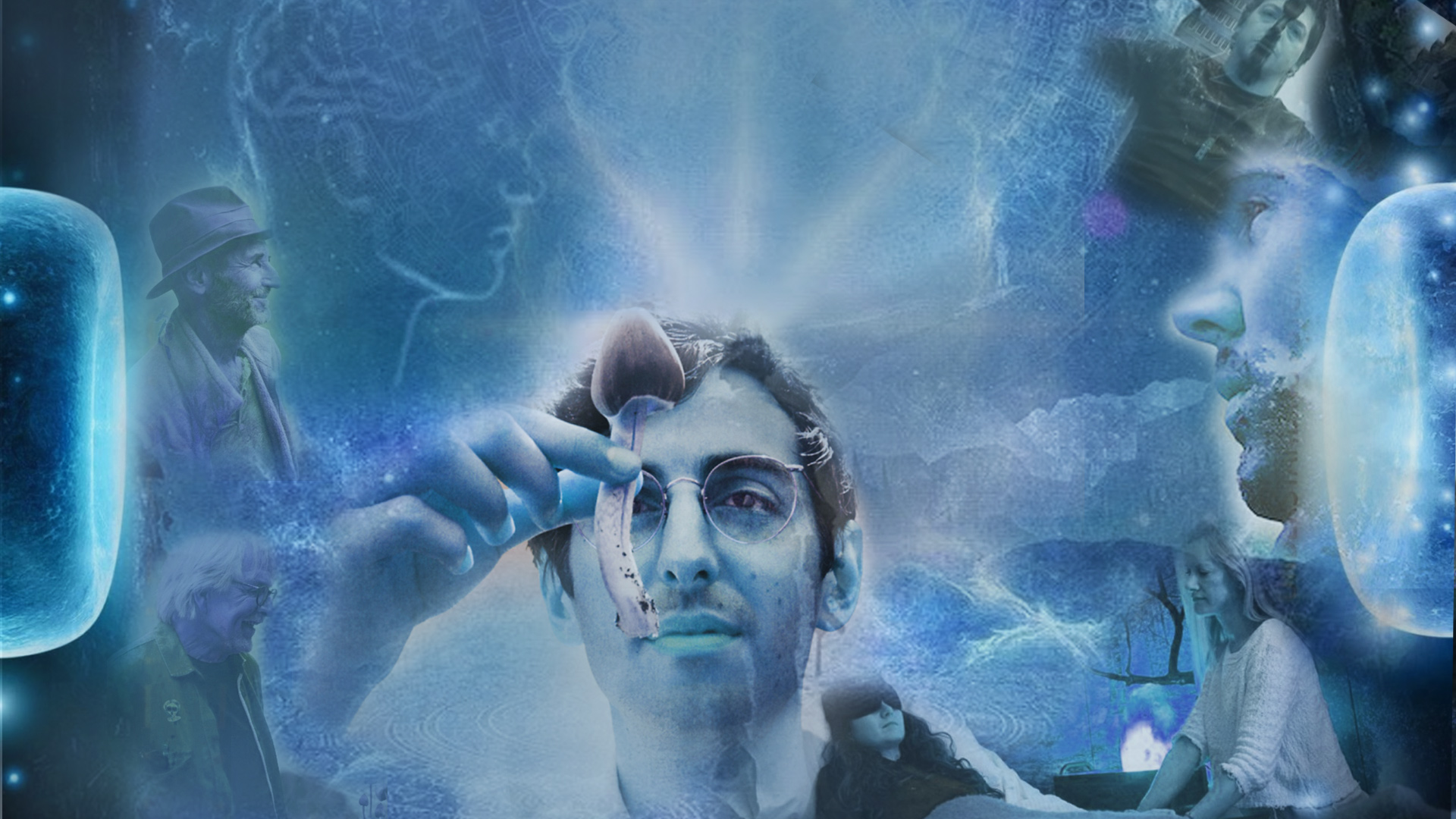There are many documentaries about psychedelics nowadays, but only so little time to watch them all, let alone figure out which one’s are worth it! That’s why we came up with a list of documentaries on psychedelics that you can watch, or binge, comfortably from your own living room. They’re selected for their scientific soundness, cultural insight, or overall high quality.
All of them are worthy study material before you join us at ICPR 2024 near Amsterdam – where some of the speakers are actually some of the people featured in these series and films. Their work is at the basis of this renaissance in psychedelic research and the new generation of documentaries that it has spawned. Enjoy our dose of inspiration.
Hamilton’s PharmaCopeiaㅤ
If there is one documentary that hits all the marks when it comes to information about psychedelics, as well as other psychoactive drugs, while simultaneously delivering a high entertainment value, it is – without a doubt – Hamilton’s Pharmacopeia, of which there are now three seasons.
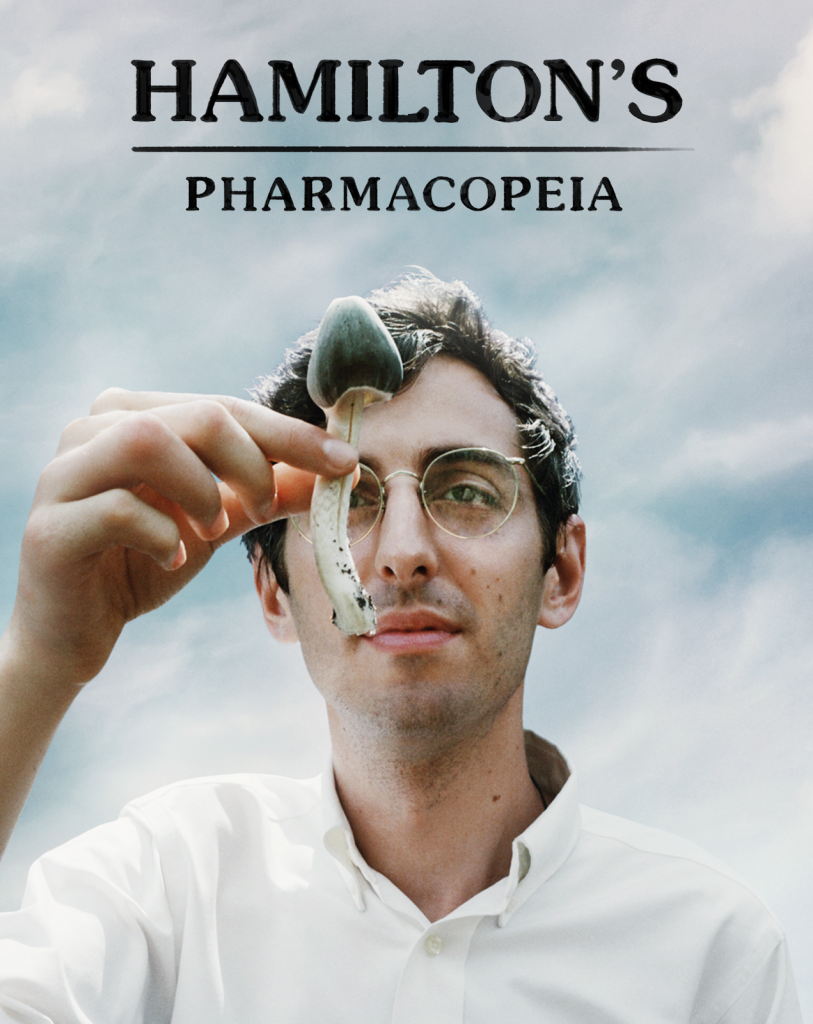
This documentary series is written, directed, and produced by Hamilton Morris, a journalist and scientific researcher who explores the history, chemistry, and social impact of various psychoactive substances across the globe.
Hamilton illustrates how ubiquitous psychedelic drugs are and goes out on a limb to try several of them himself – showcasing his dedication and genuine curiosity when it comes to studying the effects of these extraordinary substances. It is beyond the scope of this article to discuss the merits of every episode on its own, but we compiled a hit list of our favorite episodes shown at the end of this commentary. That’s right – more stuff to binge this coming summer! Just watching these will suffice for at least 8 hours of entertainment, where Hamilton Morris meets with underground chemists that illegally synthesized MDMA; travels to Huautla de Jimenez in Mexico to visit the family of the legendary curandera María Sabina’s to talk about psilocybin-containing mushrooms; smokes 5-MeO DMT in the Sonoran desert under supervision of a shaman; and talks with Amanda Feilding about how she helped to fund the very first neuro-imaging study of LSD. Be sure to absolutely check this series out!
Quote of the series
“It is so strange that these compounds exist. What is the purpose of any of this? 5-MeO-DMT? This? In a toad’s venom? And people may have only started using it 30 years ago? And it produces this peak experience of love? I can’t believe it! It is so amazing!” – Hamilton Morris
Our hitlist for best episodes:
- Season 1
- Episode 4 – Magic Mushrooms in Mexico
- Episode 6 – The Lazy Lizard School of Hedonism
- Season 2
- Episode 1 – The Psychedelic Toad
- Episode 2 – Peyote: The Divine Messenger
- Episode 4 – Wizards of DMT
- Episode 5 – Ketamine: Realms and Realities
- Episode 6 – A Clandestine Chemist’s Tale
- Season 3
- Episode 1 – Synthetic Toad Venom Machine
- Episode 4 – Synthetic Ibogaine: Natural Tramadol
- Episode 6 – UItra LSD
Descending the mountain (2021)
Filled with aesthetically pleasing images, jaw dropping cinematography, a great psychedelic soundtrack, and a pinch of neuroscience, Descending the Mountain excels at every front. The documentary includes renowned psychedelic researcher Prof. Dr. Franz Vollenweider and Zen master Vanja Palmers. Their mission? To set out to a monastery on top of mountain Rigi in Switzerland to conduct a novel experiment in which experienced meditators received psilocybin-containing mushrooms in a group setting for the first time in their life. This experiment was double-blind, where neither the researchers or the participants knew what dose they received. Some of the meditators received an active dose of psilocybin, whereas others were ‘unfortunate’ (in their words) and received a placebo. It is amazing, to say the least, how these experienced meditators were able to deepen their meditation due to psilocybin, even after thousands of hours of meditation practice. One individual was completely ecstatic from the beginning till the end and amazed by what he was experiencing. Others felt it to be a collective experience, rather than an individual one, as they were able to feel the energy in the room. Ultimately, placebo or no placebo, the group setting was conducive to the experience at the mountain.
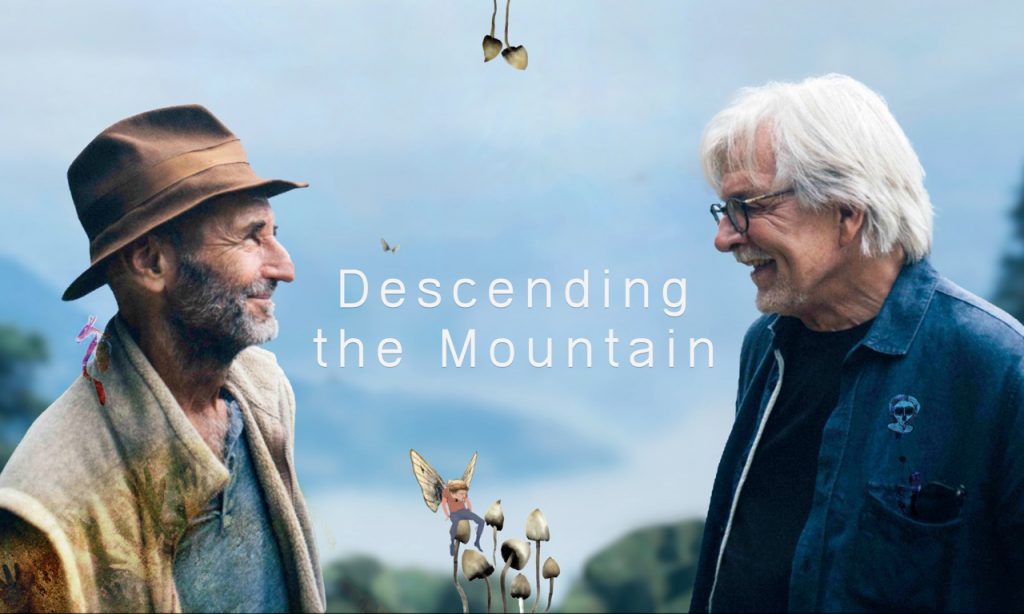
Quote of the movie
“What can the mushrooms tell us today?” – Descending the Mountain
Halfway through the documentary, Prof. Dr. Vollenweider explains briefly how psychedelics work and that neuroscientific research of today has consistently demonstrated that they deactivate the Default Mode Network (DMN) – a key brain region involved in self-referential processing. With their experiment on Mount Rigi, they too found that the participants who received psilocybin were able to enter a deep(er) meditative state and showed less activity in the DMN when compared to the placebo group. Vollenweider explains how it: “makes you less focused on yourself because, in a way, you lose your ‘self’, and that this tends to make you focus more on others around you.” This dovetails neatly with the hypothesis that psychedelics are able to alter personality and political beliefs, something that the documentary explores briefly as well through asking significant questions as: “What can psychedelics do for society today? What will happen if great leaders take these substances and make us think about our place in the world?”
Michael Pollan’s How To Change Your Mind (2022)
Four years after the release of his book under the same name, Michael Pollan hit the big screen on Netflix with a documentary series: How to Change Your Mind. To say that his book had somewhat of an influence on the psychedelic renaissance is an understatement. Individuals even talk about a Pre-Pollan era and Post-Pollan era within psychedelic research. And now, with this new and cinematic tour du force, Pollan might continue to increase his reach by showcasing these tools to people all over the world sitting in their living room.

The documentary consists of a total of four episodes, each focusing on a specific psychedelic. The first episode focuses on the synthesis of LSD by Dr. Albert Hofmann in 1938, the research of its therapeutic use when treating alcoholism, and how it ultimately became a Schedule I substance – as it ended up on the streets through evangelist Timothy Leary and the CIA project MKUltra, that serendipitously turned on Ken Kesey. In the second episode, the viewer is brought to the world of psilocybin-containing mushrooms and features ICPR speakers William Richards, Paul Stamets, and Roland Griffiths. Here, Pollan discusses their historic use in religious settings, the introduction of the mushroom to the West, and how it is currently being researched for various debilitating psychiatric disorders, such as depression, end-of-life anxiety, obsessive compulsive disorder, and cluster headaches. The third episode features ICPR speaker Rick Doblin and is all about the therapeutic use of MDMA for the treatment of post-traumatic stress disorder. Pollan interviews Ann Shulgin, the wife of renowned chemist Alexander Shulgin, – who recently passed away – about her personal experiences with MDMA and how it ended up becoming illegal through the so-called “Second Summer of Love”’ during the 1980s. Finally, Pollan takes a deep dive into the ceremonial use of the peyote cactus by indigineous Americans that are part of the Native American Church.
The documentary provides a solid starting point for anyone who is new to the world of psychedelics and likes to be prepared for what we have to offer at ICPR. It presents some of the most recently conducted preliminary research studies and their implications. Contrary to contemporary media headlines, it is refreshing to see that Pollan remains centered throughout the entire documentary with regards to the therapeutic potential of psychedelics and messages to the audience to do the same. This is a welcoming message that is to be embraced if we do not wish to repeat past mistakes.
The Psychedelic Drug Trial (2021)
Major depressive disorder (MDD) is the leading cause of disability in the West, says ICPR speaker and Professor of Neuropsychopharmacology David Nutt. Across the globe, MDD is estimated to affect 350 million individuals and is responsible for more ‘years lost’ than any other psychiatric condition. Psychiatry has been desperate for novel treatments.

One of the current mainstays of treatment in psychiatry is escitalopram, a selective serotonin reuptake inhibitor (SSRI), better known under its brand name Lexapro. This psychotropic drug increases the amount of the neurotransmitter serotonin in the brain and has been proven by earlier clinical research to be effective and well tolerated in the treatment of MDD. But this begs the question: “How does escitalopram, or Lexapro, compare to psilocybin when used for treating depression?” This is what the research team in the Psychedelic Drug Trial set out to do.
Quote of the movie
“If psychedelics can change the world, let’s put it to the test.” – Dr. Robin Carhart-Harris
The documentary presents an extensive in-depth look into how the study was conducted by displaying easy-to-comprehend visuals and various infographics. The documentary really shines here and you immediately get a clear understanding of what the study design looked like. It also exemplifies how current psychedelic therapy operates and provides the three important stages involved, which includes: preparation before the dosing session, the psychedelic dosing session itself, and the integration that follows.
What is more, you get to know some of the recruited participants who were told that they are randomized to one of two conditions. They will either receive 1) psilocybin or 2) escitalopram, not both. Almost all of the participants have been on antidepressants for decades and suffer from various side effects, including weight gain, sleep paralysis, and a flat affect. The psilocybin trial represents a “lifeline” according to some of the participants – a viable alternative to their current situation of “concentrating on staying alive” and trying “to live with this joylessness.” One participant is at the end of her ropes and tells the camera: “I would probably end my life if I didn’t go [through the trial].”
Soon after this introduction, we are taken into a living room like environment where the psychedelic therapy session took place. Participants at this point are talking about their extraordinary experiences and the various symbols they encountered during their psychedelic dosing session. The documentary really excels here due to its slow presentation of recorded monologues and by displaying aesthetic visuals that are aimed at encapsulating the participants’ experience while on psilocybin. One participant talks about one of her peak experiences where she found herself at the roots of a tree and: “was connecting with everything up there. The thing I really felt most … was a joy. Joy like I’d never experienced. It is really, really powerful stuff.”
The documentary would not have been complete without a brief presentation by ICPR speaker David Nutt on how psychedelics such as psilocybin work in the brain and how they differ from escitalopram. Nutt first explains that antidepressants as escitalopram take about an average of six weeks to work and do so primarily in the limbic system, the emotional center of the brain that is overactive in depression: “It dampens the system and you become incubated against stress, which is good, but you also become incubated by everything else.” Psilocybin, on the other hand, works differently by targeting the serotonin 2A receptor, which are widely prevalent in the neocortex. Psilocybin also works through the disruption of the Default Mode Network that Franz Vollenweider similarly talked about in Descending the Mountain. Both professor Nutt and lead researcher of the study Dr. Robin Carhart-Harris believe that psilocybin works better and faster than escitalopram.
The results of this landmark study have been published in the highly esteemed The New England Journal of Medicine. Their conclusion? Both psilocybin and escitalopram work in the treatment of depression. But when taking into account secondary outcome measurements such as suicidality, psilocybin looks better than escitalopram. More recent neuroscientific findings of the current study have been published as well, which looked at how psilocybin affects the brain and how it differs from antidepressants. All in all, more research is needed as we venture forth in our pursuit to help people alleviate their depressive symptoms.
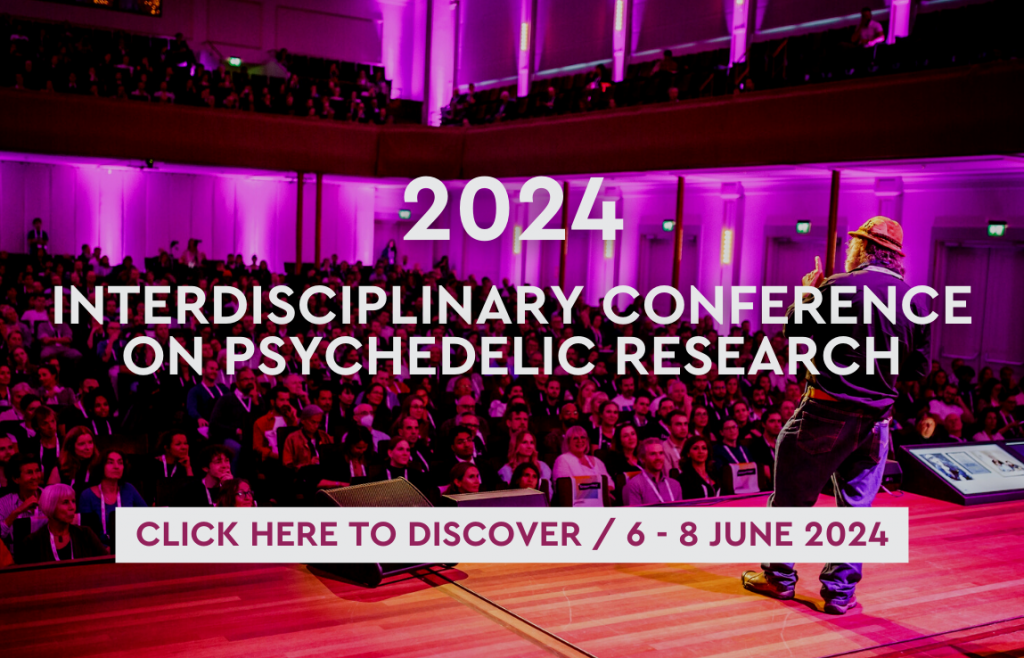
Journeys to the Edge of Consciousness (2019)
Journeys to the Edge of Consciousness is a unique animated film that chronicles the very first psychedelic experiences of Timothy Leary, Aldous Huxley, and Alan Watts. The film is interspersed with commentaries on these historical and influential events by ICPR speakers Rick Doblin and Amanda Feilding, and various other researchers within the psychedelic field.
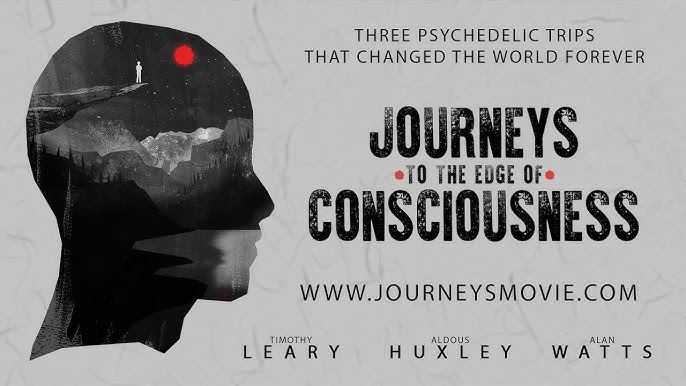
The Dropout Drug
We first witness how Timothy Leary got involved with LSD through meeting Michael Hollingshead, a British researcher who studied psychedelics at Harvard University in the mid twentieth century. Leary’s first LSD trip was: “the most extraordinary experience of his life.” Yet to my surprise, he also felt a terrible sense of loss after this trip, as he did not know what to do with these new insights: “Once you see how it is all composed, it is hard to get back to the game.” This experience demonstrates that even psychedelic evangelists as Leary, a very intelligent man who was probably one of the most well-known proponents of psychedelics, would have benefitted from the importance of integration. The world would have been a very different place indeed if Leary underwent this integral part following psychedelic use. Instead, he decided to leave the highly esteemed university of Harvard and famously told students to: “tune in, turn off, and drop out.” This resulted in the then U.S. president Richard Nixon to call him the most dangerous man of America.
Commentaries from other experts on Leary’s psychedelic experience are very informative. They exemplify how psychedelics are able to lift the veil of ordinary reality, which can either facilitate, or in the case of Leary, diminish our well-being, because we see through the illusion, i.e., the play of life. You’re catapulted out of your ego and you can spend years of life making sense of it all, which might have happened to Timothy Leary according to Dr. Tim Read. Yet, Dr .Gabor Maté states that bad trips can also be interpreted differently: “Yes, a trip can be challenging, but what you need is proper integration. This is the work of healing. The psychedelic experience and its healing properties were lost during the 60s because there was a lack of intention.
The Doors of Perception
Next we get a close look at Aldous Huxley’s famous psychedelic experience with mescaline that led him to write his famous work The Doors of Perception: and Heaven and Hell. During his experience, he realizes that “this is how one ought to see” and that the ordinary mode of consciousness is but one form of consciousness. Huxley talks about the suchness of things while on mescaline and develops his metaphor of the reducing valve of the mind, which limits our view of reality and who we really are.
According to ICPR speaker Rick Doblin, Huxley’s insights demonstrate where we should put our meaning: “not on consuming, but on something deeper.” Other psychedelic researchers talk about how people ‘wake up’ after their psychedelic experience, including alterations of the perception of the self and various changes in their value system.
The Joyous Cosmology
Finally, we witness Alan Watts taking modest amounts of LSD while in California and who decided to casually go for a stroll. His first undertaking was to listen to a priest in a church during a mass. He witnesses how people are putting on an “act of a person”, which is one of the key phrases of Alan Watts. His feeling of self became no longer confined to the insides of his skin as he felt connected to everything: “my individual of being seems to grow out to the rest of the universe.” The animated re-enactment of Alan Watts’ psychedelic experience gives us a glimpse into how psychedelics helped shape his philosophy.
Quote of the movie
“Come off it shiva, you rascal, who do you think you’re kidding!? It’s a great act, but you’re not fooling me!” – Alan Watts
Neurons to Nirvana (2013)
Neurons to Nirvana is filled with numerous psychedelic researchers who will be attending ICPR, including Rick Doblin, William Richards, David Nutt, Roland Griffiths, and Amanda Feilding. The film gives a brief overview of classic psychedelics, including psilocybin, ayahuasca, and LSD. In addition, the entactogen MDMA is briefly discussed plus the medicinal benefits of other (non-)psychoactive substances as marijuana and cannabidiol.
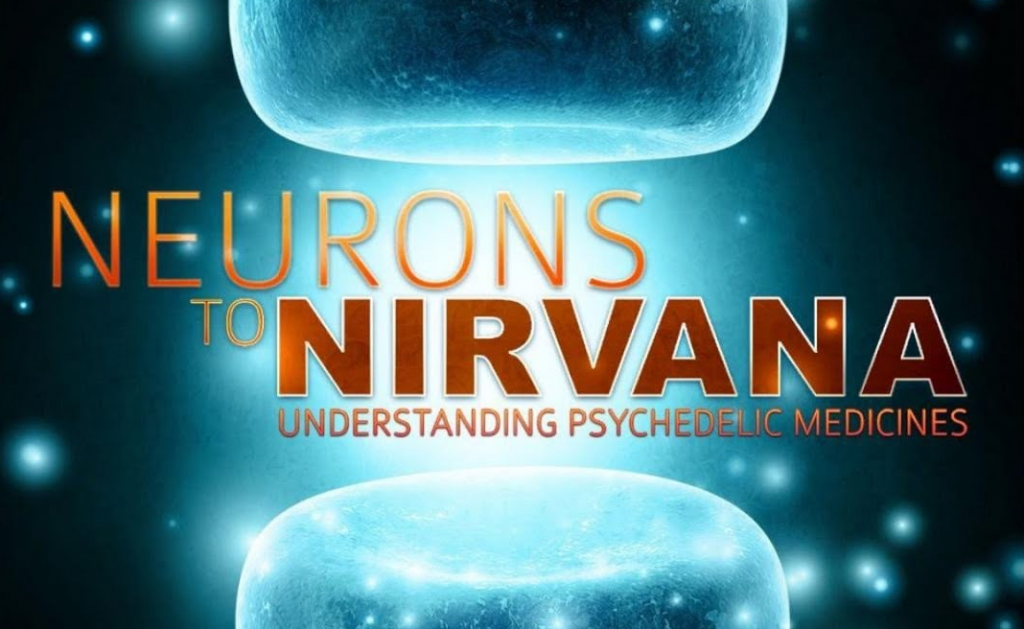
The film starts with the serendipitous event of how psychedelics helped shape modern psychiatry and neuroscience. LSD, as it turns out, has a very similar structure to serotonin that led to the discovery of the serotonin neurotransmitter system. As a result, psychiatry started including brain chemistry into the disease process, whereas before all the accountability went to either the individual or the environment.
It was a revolutionary period for which the famous psychedelic researcher Ralph Metzner said that discovering psychedelics: “was like discovering another continent, like Marco Polo.” Both ICPR speakers Rick Doblin and David Nichols mention how psychedelics are able to occasion a mystical experience and how this helps experience the world as one as it breaks down certain barriers. Roland Griffiths adds: “there is this quantum change during a psychedelic experience – it belongs among the most spiritual and personal meaningful experiences of peoples’ lives.”
Quote of the movie
“What is being purged actually, is psychological contents that you’ve been holding onto. You’re purging anger, you’re purging pain, you’re purging some false story about the self.” –Gabor Maté M.D.
A great feature of the film that is worth mentioning here is that it shows the capability of human individuals being able to change their beliefs when it comes to esoteric substances such as psychedelic drugs. This is illustrated when Dr. Sanjay Gupta appears on the big screen, an Emmy award-winning doctor for his show on CNN who used to vehemently oppose the use of marijuana. This was until the year 2009, as the scientific evidence started accumulating and Dr. Gupta discovered that it was used for thousands of years. He also found out that before there was a strong focus on the negative. Most importantly, Dr. Sanjay Gupta was illuminated by the benefits of marijuana: “the science is there!”. This clearly demonstrates how scientific evidence can pave the way for reconstructing our beliefs about psychedelics. Hopefully, other physicians, researchers, and politicians will follow suit.

The Last Shaman (2016)
The Last Shaman follows young adult James who is battling with crippling bouts of depression ever since he went to university. He is desperate for a way out as he tried doing everything according to the book on both a medical and personal level. In general, this involved seeing several psychiatrists, taking antidepressants, and picking up a regular meditation practice. Despite his arduous efforts, he remains depressed. At the end of his ropes, he travels to Peru to meet several shamans that might be able to help him.
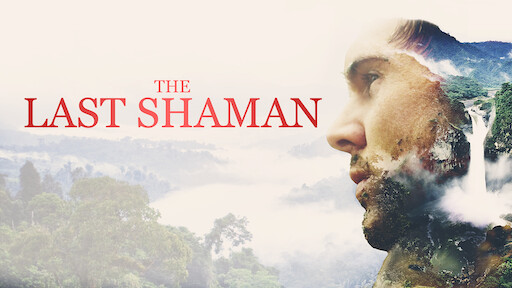
The documentary is not for the faint of heart and can be very shocking in demonstrating how debilitating depression can be. James suffers from extreme anhedonia, which refers to the inability to feel pleasure: “I see a beautiful woman or a sunset and I feel nothing.” He explains how his depression affects him in front of the camera and this raw footage makes the documentary feel very personal, but also heart-wrenching to watch at times, as his eyes are filled with tears and his voice is featured by a tremendous amount of frustration and despair. He ends up meeting various shamans in different regions and engages in multiple ceremonies to finally reach salvation.
James’ journey ends deep within the forest at the Shipibo community – a place that resembles just the right amount of authenticity he is looking for. Shamans here do the practice because it is a calling, whereas the business side of things are left aside. James ventures deeper into his emotions, revealing one layer from another layer, and becomes a passionate ascetic. He maintains a very strict diet and stays in isolation for a total of four months, eating nothing but fish and rice and smoking the Mapacho tobacco. This experience ripped him of all attachments of his previous life. He believes he: “no longer has an inferiority complex anymore” and feels no more anger towards his father.
Quote of the movie
“I’m here to be a very small part of something much larger than myself, and that is extremely liberating” – James
Iboga Nights (2014)
David Graham, the director and producer of the renowned and brutal documentary Detox or Die, returns to the big screen with Iboga Nights. His first documentary consists of his mission to cure himself of his opiate addiction through ibogaine – a psychedelic substance with dissociative properties that is extracted from the root bark of the iboga tree (Tabernanthe iboga). His film became a resounding success that resulted in an explosion of media, press and news articles. This inspired other addicts to follow in his footsteps by taking up ibogaine and get rid of their opiate addiction once and for all. Iboga Nights follows several of David’s ‘apprentices’.
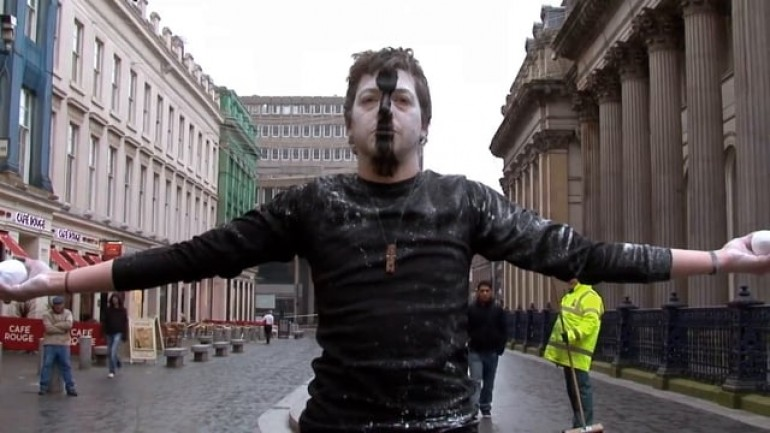
Iboga Nights is basically split up in three sections. The first is where we are introduced to a shaman from the Netherlands who has treated an approximate of 1,000 patients with ibogaine for their opiate addiction. To my surprise, there was almost no guidance involved; the shaman plainly administers the drug and then lets ibogaine take its course while the participants stay in their assigned bedroom. It was quite astounding to see how most turned out fine and even managed to go through the treatment without experiencing any withdrawal symptoms. However, the documentary quickly takes a dark turn that illustrates the significance of taking into account proper screening and guidance. For instance, one participant stopped breathing due to an underlying heart condition and was taken away to the hospital. Ibogaine is known for slowing down the heart rate that might be fatal. Fortunately, he survived. But another participant left the house and was hit by a truck. David wanted to end the film right there: “how can I be a spokesperson for something so dangerous?”
After these horrific events, David meets up with Dr. Ben Sessa and Dr. Jeffrey Kamlet to talk about psychedelic research and ibogaine. Both share a pessimistic view with regards to pharmaceutical companies and how they supposedly “treat” patients, as they make billions of dollars on pain pills that generally require daily use. Naturally, they scoff at this predicament: “Why do they want ibogaine that requires one dose to cure people. That does not make money?”
Quote of the movie
“Does it not feel weird to have had that life, among such affluence, and now be living in a hotel shooting up crack and heroin and taking up methadone?” – David Graham
Fortunately, the documentary also contains the amazing journey of Sid who was severely addicted to morphine and completely transformed through his ibogaine treatment. He was sexually abused by an older man when he was only 11 years old. During his session, both David and Sid are serious by taking screening and guidance into account. For example, they check if Sid is allergic to ibogaine and during the ibogaine treatment will frequently measure his heart rate and blood pressure. It is astounding to see that even after five days of taking ibogaine and no morphine at all, any symptoms of withdrawal are virtually non-existent. But Sid knows that the real treatment starts after ibogaine, which requires integration and (simply) staying off the drug. Several months later David returns to visit Sid and witnesses another person in front of him. He has become a completely transformed person and has much more energy and life in his eyes. Sid talks briefly about his ibogaine experience: “I did not have many visions or anything, but it took my physical dependence away.” The urge, or craving to use drugs, is totally gone. Sid simply does not: “want to do that anymore.”
From Shock to Awe (2018)
The documentary From Shock to Awe chronicles the transformative journey of two military veterans that suffer from severe post-traumatic stress disorder (PTSD). Because of this, everything they encounter on a day-to-day basis within their natural environment signals danger. With their bodies still in war and drugged by an arsenal of pharmaceuticals, they turn to the Amazonian brew ayahuasca as a last resort.
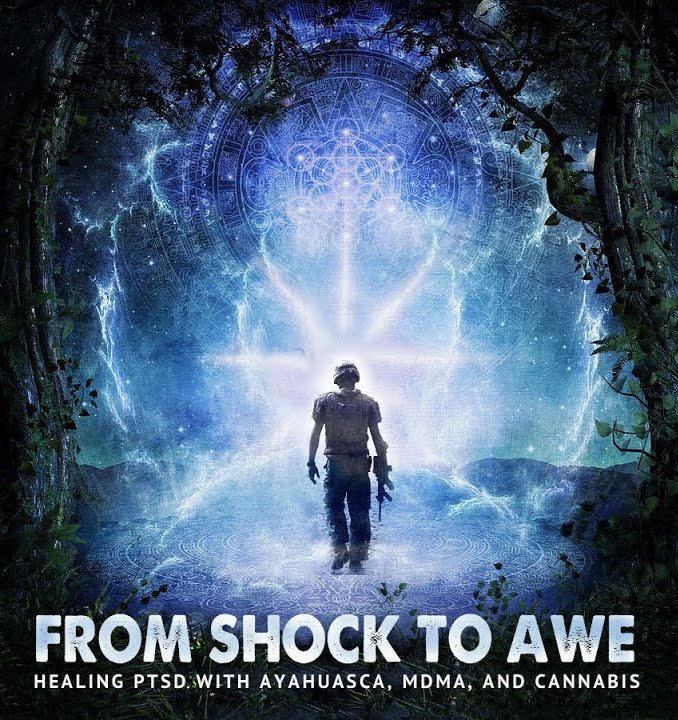
Quote of the movie
“I left the warrior behind and let the sunlight take the steering wheel now.”
Both veterans are filmed during their ayahuasca retreat that consisted of four ceremonies, two during the day and two at night. During all dosing sessions, we see grueling raw footage of both veterans struggling with their deep-rooted trauma. The entire retreat resembles the archetypal hero’s journey of diving into the unconscious and coming back into the real world reborn. Through ayahuasca, they realized that all life is sacred, which is: “the exact opposite of what is learned during military training.” Their perception of everyday ‘signals as danger’ changed after only one weekend, as they heard a gunshot in the woods, locked eyes, and started laughing immediately. The PTSD response was no more.
ㅤ

